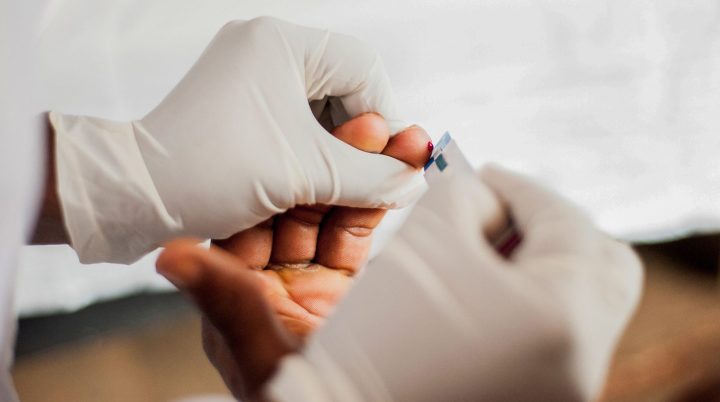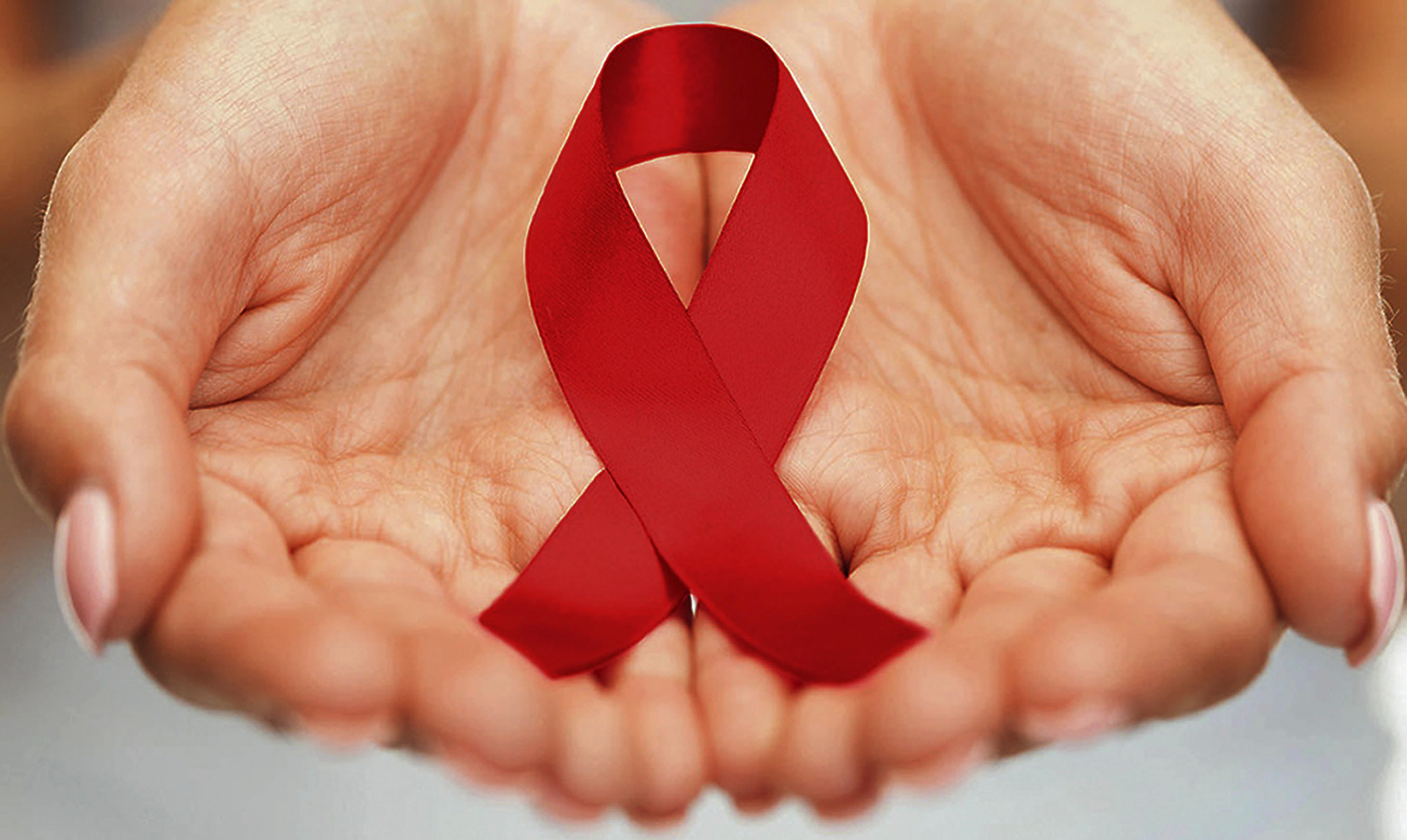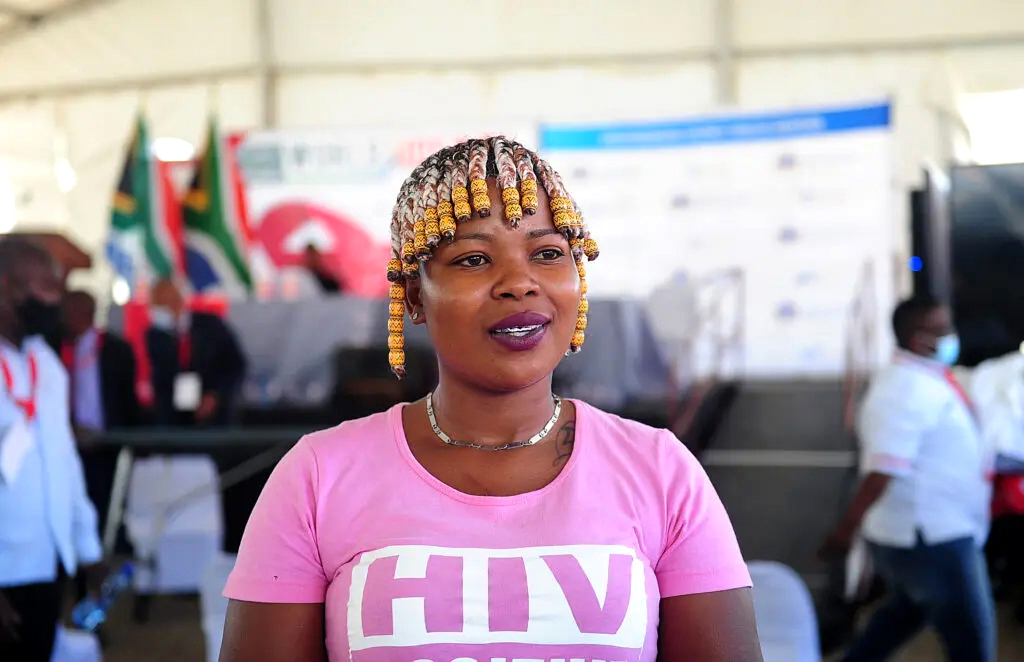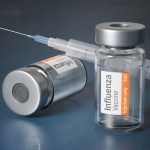SPOTLIGHT OP-ED
World Aids Day — It is vital to be vigilant on quality as we rush to test people for HIV

The theme for this year’s World Aids Day is ‘Equalise and Integrate to End Aids’. One aspect in which more equality is needed is between the quality of HIV testing services and aiming to test as many people as possible, argues René Sparks.
As we approach World Aids Day on 1 December, healthcare providers will be offering HIV screening and testing as part of a comprehensive health service.
The theme for this year’s World Aids Day is: ‘Equalise and Integrate to End Aids’.
One aspect in which more equality is arguably needed is between the quality of HIV testing services and aiming to test as many people as possible.
Progress against targets?
It is estimated that 13.9% of South Africa’s population is living with HIV and that the absolute number of people living with HIV in the country has increased from 3.8 million in 2002 to 7.8 million in 2021. This number has continued to rise since the death rate has declined much more rapidly than the rate of new HIV infections.

The theme for this year’s World Aids Day is ‘Equalise and Integrate to End Aids’. (Photo: parenting.firstcry.com/Wikipedia)
The most widely used measure of a country’s HIV response in recent years has been the UNAids 90-90-90 targets. These aim at 90% of people living with HIV knowing their status, 90% of those diagnosed started on ARVs, and 90% of those on ARVs being virally suppressed by 2020. The goal post has now shifted to 95-95-95.
Earlier this year, health minister Dr Joe Phaahla said that in South Africa we are on 94-78-89.
This indicates that we are close to reaching the first 95. It also suggests that our HIV testing efforts have generally been a success, including the introduction of HIV Rapid Testing and HIV Self Screening as HIV testing models. But, as we collectively meet these targets, it is important to focus on the quality of HIV rapid testing to ensure that we align with HIV testing standards.
Focus on quality
The quality of HIV Rapid testing to some extent depends on laboratories, but often it is driven by HIV counsellors and service delivery NGOs. As a public health professional managing the National HIV Testing Quality Assurance and Laboratory Systems Strengthening programme, seconded to the Department of Health through Sead Consulting, it is my job to support NGOs, the Department of Health, and the Department of Correctional Services in implementing quality assurance of HIV Testing and in improving the laboratory systems between health facilities and the National Health Laboratory Service.
As someone who has worked in all aspects of primary healthcare, I am painfully aware of the shortcuts sometimes taken, but also of the impossible expectation of ‘quick services’ linked to HIV testing.
As a healthcare provider, I received peer mentorship upon entry into primary healthcare settings — but I later learnt that this mentorship provided incorrect guidance on HIV testing.
Visit Daily Maverick’s home page for more news, analysis and investigations
This gave me sleepless nights and fuelled my desire to support other healthcare workers in conducting quality HIV testing to avoid possible misdiagnosis and delays to critical treatment. It is imperative that everyone understands their role when it comes to HIV testing and that we move away from siloed approaches in prevention and curative spaces but integrate both quality and ambitious targets. One cannot be seen in isolation from the other.
So, how are HIV tests supposed to be done?
Firstly, there are multiple things to look out for when having an HIV test done. HIV testing should be conducted by a trained healthcare worker, using nationally approved test kits which are kept in temperature-controlled spaces. Test kits should not be exposed to extreme heat of more than 30 degrees Celsius as it fries the device, which could lead to incorrect results.

As we collectively meet these HIV targets, it is important to focus on the quality of HIV rapid testing to ensure that we align with HIV testing standards. (Photo: Denvor de Wee / Spotlight)
Secondly, each test has an expiry date, its own pipette (plastic or glass device to collect the blood), its own buffer (liquid that assists the blood to move across the test strip) and its own incubation time (time it takes for a reaction or outcome of the test).
When being tested, the fingertip needs to be cleaned with an alcohol-based swab, and then the first drop of blood should be wiped away to avoid contamination of the sample. The second drop of blood is then collected with the specific pipette to the required amount for that test. Once collected, the blood is inserted into the well of the test and the required number of drops of buffer is added. Lastly, the timer is set to the manufacturer’s time for each test kit.
The time is of utmost importance, as reading it too early could lead to false HIV-negative results, whereas reading it too long after the time could lead to false HIV-positive results. It is for this reason that each HIV tester needs to have a digital timer that is able to count down and sound an alarm when the time has been reached.
Additional aspects linked to the quality of HIV testing are Personal Protective Equipment (aprons, gloves, and sanitiser) — these need to be worn by the HIV tester as part of infection control. Also important are ice packs — if you are being tested in a gazebo in the community, the HIV tester needs to ensure that the HIV test kits are kept cool to avoid malfunction or damage.
These are the basics we must get right.
The quality of HIV testing is as important as getting the test done. Too often short cuts, time constraints, and lack of staff impact the quality of testing. To be in a position where we can really celebrate the numbers — the progress — it is essential that we must get these basics right. DM/MC
*Sparks is a Public Health Professional at Sead consulting, a co-convenor at the School of Public Health, University of the Western Cape, a Senior Aspen New Voices Fellow, and a Global Atlantic Fellow for Health Equity.
*This article was published by Spotlight – health journalism in the public interest.



















Comments - Please login in order to comment.